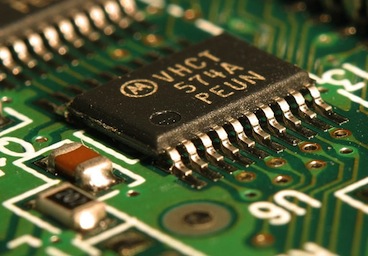Objective
The demand for video content is increasing day by day, be it in the cyberspace or in the field of broadcasting. And it’s not just any video; it’s High Definition (HD) video. These video files being large in size need compression and decompression, a job that is handled by a video codec.
What is h.264?
H.264 is one such video codec, which enables video compression. According to Wikipedia, “H.264 is one of the most commonly used formats for recording, compression and distribution of high definition video.” This project will implement encoding and decoding of a video stream using the h.264 codec
Why this project?
Being a student of Computer Science, I have had experience in programming but never got a chance to develop on hardware such as the Raspberry Pi. The idea of working with real world hardware, and knowing that this technology is used worldwide in Blu-ray disks as well as by website like YouTube, Vimeo and iTunes Store, motivated me further to take up this project.
Objectives of this project :
- Research into video encoding and decoding
- Learn more about video streams
- Get familiar with Raspberry Pi
- Learn about h.264 video codec
- Develop an H.264 video decoder using Raspberry Pi


